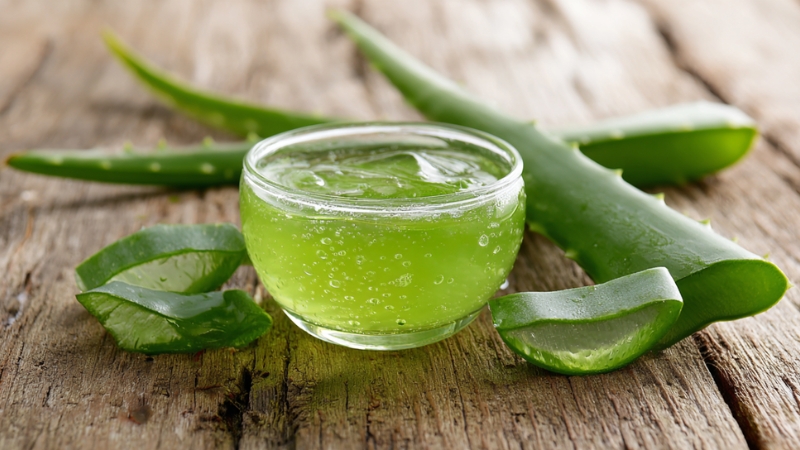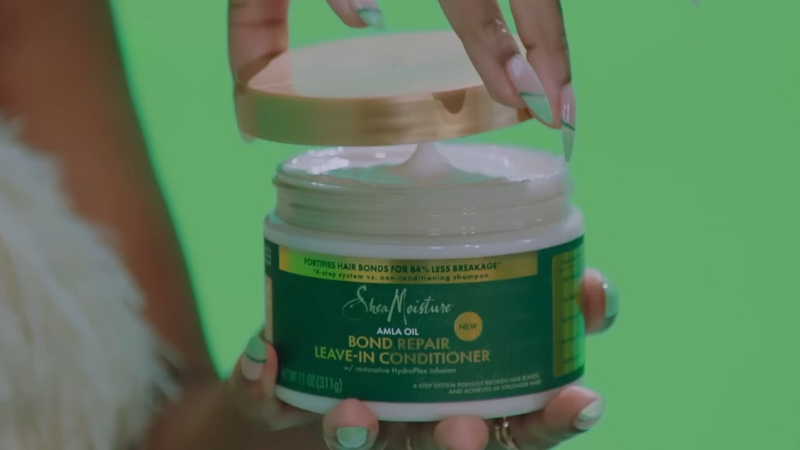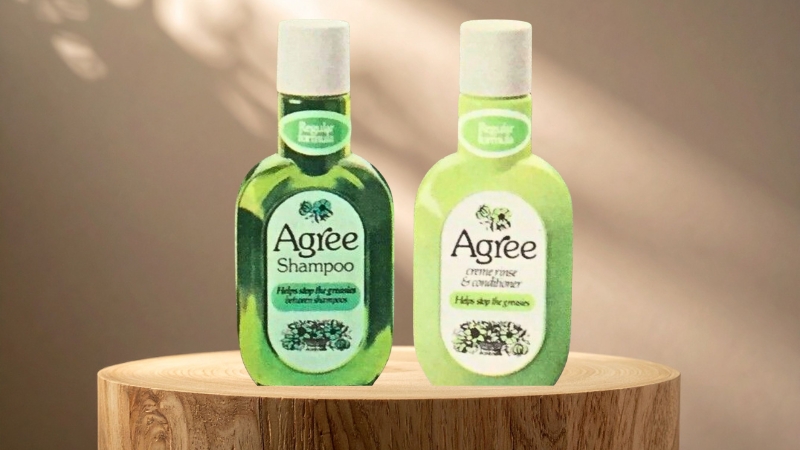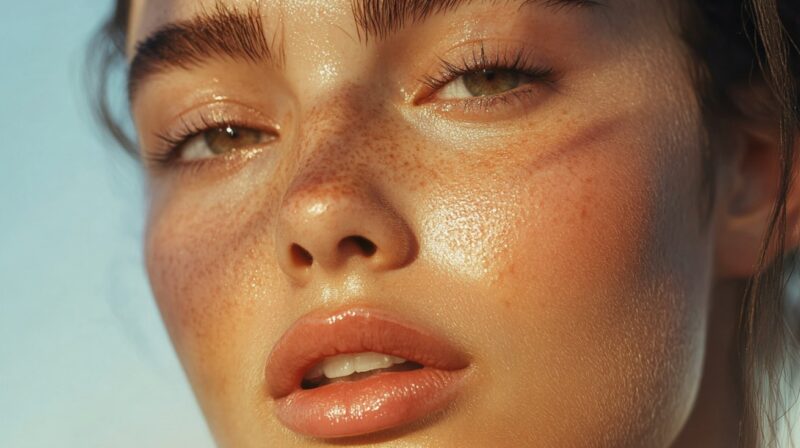
Share Post:
`Daily sunscreen use is essential for maintaining skin health and reducing visible signs of aging. Yet, not all sunscreens are created equal.
Facial skin is thinner, more sensitive, and often exposed to multiple products layered together, which makes ingredient scrutiny crucial.
Choosing the wrong ingredients may result in irritation, long-term damage, or exposure to harmful chemicals.
Caution and awareness should guide every skincare decision, especially for something used daily.
Harmful Ingredients to Avoid on Your Face
Choosing sunscreen is not just about SPF numbers and broad-spectrum coverage. Ingredient safety matters, especially for facial use, where skin is thinner, more porous, and more prone to sensitivity.
Certain chemical filters, although legal and commonly found in many sunscreens, raise significant health and environmental concerns.
Many of these ingredients not only penetrate the skin but also accumulate in the body and linger far longer than expected.
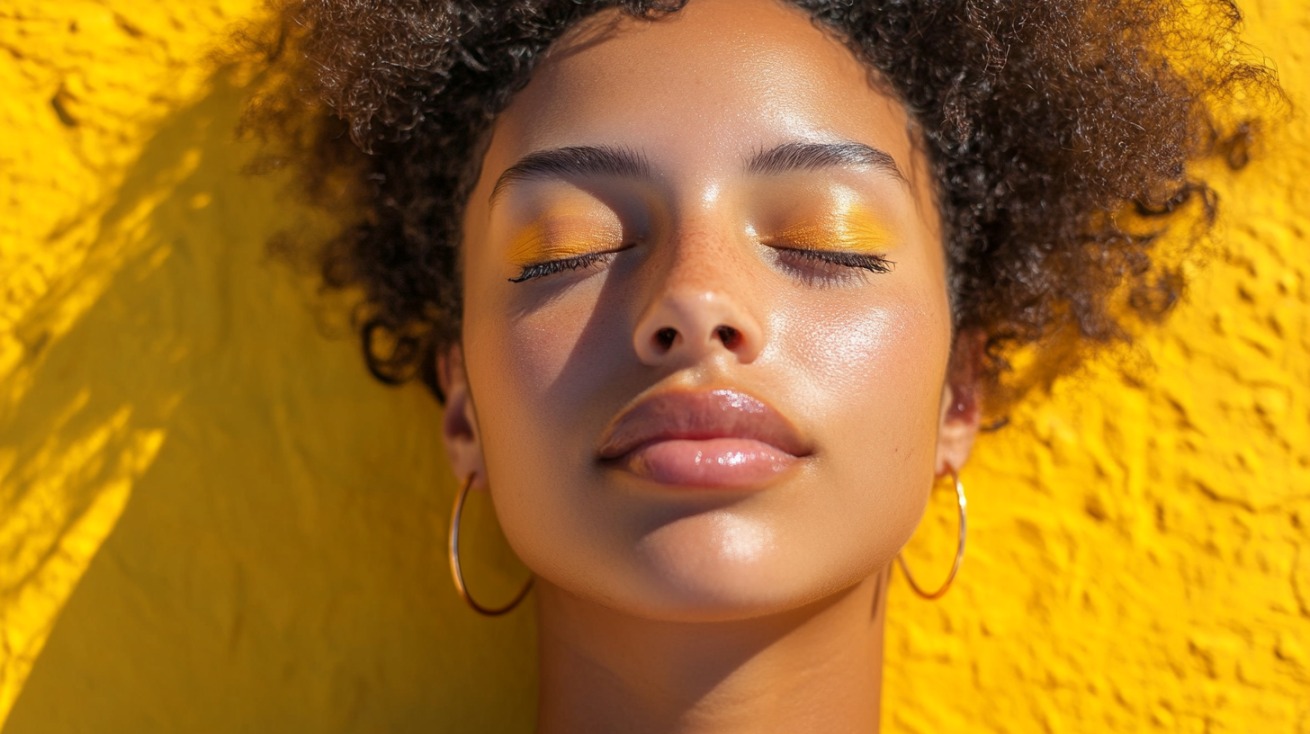
Oxybenzone
Oxybenzone is widely used in chemical sunscreens but has raised alarms among researchers and environmental advocates.
- Absorbs rapidly into the skin and enters the bloodstream
- Detected in urine, breast milk, and blood weeks after use
- Classified as an endocrine disruptor, affecting hormone regulation
- Linked to allergic skin reactions and photoallergies
- Contributes to coral reef bleaching and marine ecosystem damage
- Banned in Hawaii due to environmental impact
Even in small amounts, long-term exposure raises serious concerns about cumulative effects and potential biological interference.
Octinoxate
Octinoxate is another UV filter flagged for both health and environmental reasons.
- Penetrates skin and has been found in systemic circulation
- Associated with hormonal disruption, particularly affecting thyroid hormone levels
- Can trigger contact dermatitis and skin irritation
- Banned in reef-protective regulations due to aquatic toxicity
Presence in blood samples after topical application makes it especially risky for daily facial use.
Avobenzone
Avobenzone is popular due to its UVA-blocking ability but comes with notable limitations.
- Unstable under sunlight unless paired with chemical stabilizers
- Breaks down into potentially irritating compounds
- Laboratory evidence suggests testosterone-blocking potential at a cellular level
- Often used in chemical cocktails with other questionable ingredients
Facial skin’s exposure to sun and product layering only amplifies the chance for unwanted chemical interactions.
Homosalate
Homosalate may appear in formulas for its UVB-blocking qualities, but deeper analysis reveals troubling aspects.
- Penetrates skin barrier and shows hormonal activity in lab testing
- Linked to systemic accumulation with unclear long-term effects
- Capped at 1.4% in the EU due to safety concerns
- Still allowed at up to 15% by the FDA, despite active review
Inconclusive safety data, paired with regulatory discrepancies, makes its use problematic.
Octocrylene
Octocrylene is often included to stabilize avobenzone, but it brings its own set of risks.
- Converts into benzophenone over time, a suspected carcinogen
- Known to be systemically absorbed at high levels
- Shown to contribute to coral reef damage and aquatic toxicity
- Detected in human tissues, raising concerns about bioaccumulation
Choosing this ingredient may harm both personal health and the surrounding environment.
Octisalate
Octisalate is often overlooked, but it doesn’t come without consequences.
- Frequently causes allergic contact dermatitis and skin irritation
- Easily absorbed through the skin barrier
- Commonly found in formulations with other concerning ingredients
- Insufficient long-term safety data raises red flags
Sensitive facial skin exposed daily to such compounds may react over time, even if not immediately.
Ingredients with Strong Environmental Concerns

Daily sunscreen use protects human skin, but some ingredients have devastating consequences for aquatic ecosystems.
Coastal areas with high tourist activity, especially tropical destinations, face measurable environmental damage linked to common sunscreen chemicals.
Once washed off in the ocean, these substances can persist, bioaccumulate, and harm coral reefs and marine organisms.
Environmental authorities and scientists alike have flagged certain ingredients as dangerous, not just to coral but to the entire aquatic food chain.
Here are three of the most environmentally damaging sunscreen ingredients, with bullet points outlining key concerns:
| Ingredient | Concern 1 | Concern 2 | Concern 3 | Concern 4 |
|---|---|---|---|---|
| Oxybenzone | Causes coral bleaching by disrupting coral DNA and development. | Accumulates in marine species and affects their endocrine systems. | Banned in places like Hawaii due to reef degradation. | Remains stable in water and persists in marine environments. |
| Octinoxate | Disrupts hormonal processes in aquatic wildlife. | Accelerates coral DNA damage under UV exposure, promoting bleaching. | Common in chemical sunscreen formulations. | Banned in reef-sensitive regions. |
| Octocrylene | Breaks down into benzophenone, a potential carcinogen. | Harms coral larvae. | Interferes with fish development. | Linked to bioaccumulation in aquatic food chains. |
Regulatory action in places like Palau and parts of the U.S. has already acknowledged the harmful effects.
Consumers choosing reef-safe sunscreens help reduce pressure on marine ecosystems already under threat due to climate shifts, pollution, and overfishing.
Ingredients with Limited Data or Under Regulatory Scrutiny
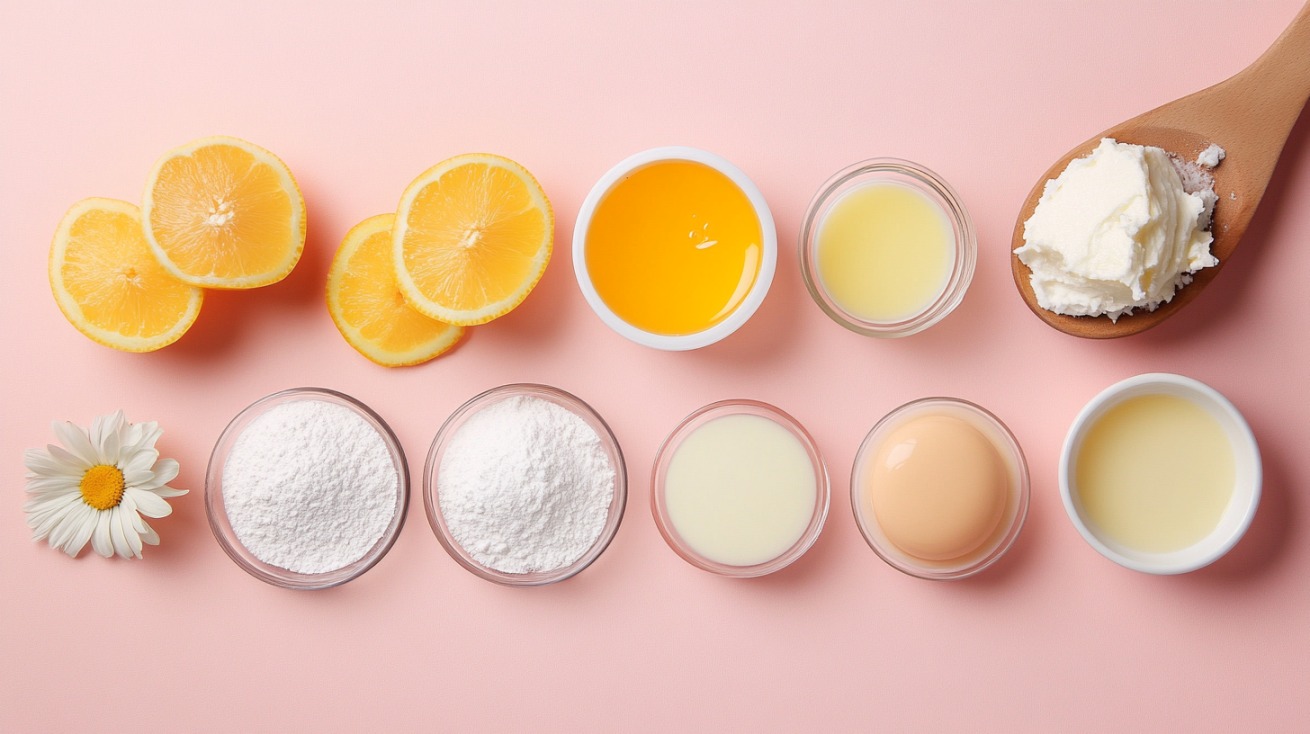
Many sunscreen ingredients still in circulation remain poorly studied or under active review. Lack of reliable data creates challenges for both consumers and regulators.
While some of these compounds were approved decades ago, recent advances in toxicology and absorption science have raised concerns that weren’t previously understood.
The FDA has taken a closer look at several of these, determining that they are not currently GRASE (Generally Recognized As Safe and Effective) for use—especially on sensitive facial skin.
Here are ingredients that fall into this gray area, with bullet points summarizing regulatory and safety concerns:
| Ingredient | Concerns |
|---|---|
| Cinoxate | Limited toxicological data available. Under review by the FDA due to insufficient safety profiles. |
| Dioxybenzone | Absorbed through the skin, yet lacks long-term human safety data. Minimal environmental impact studies available. |
| Padimate O | Structurally similar to PABA, which has been banned due to allergic reactions. Concerns about photodegradation into potentially harmful byproducts. |
| Meradimate | Very little published research on skin absorption or systemic effects. Questionable effectiveness as a UV filter. |
| Ensulizole | Primarily protects against UVB, not UVA. Associated with potential for skin irritation and photosensitivity. |
| Sulisobenzone | Possible endocrine disruption noted in early screening studies. Often paired with other chemical filters to extend protection. |
| Aminobenzoic Acid (PABA) | Known to cause contact dermatitis. Banned in several countries and rarely used today, but still legal in others. |
| Trolamine Salicylate | Functions more as a muscle pain reliever than a UV filter. Currently flagged by the FDA due to poor evidence supporting safety and efficacy for sun protection. |
Using products that contain these ingredients may pose unknown risks. Opting for sunscreens with ingredients that have well-documented safety records provides more peace of mind, especially on the face, where the skin is more absorbent and often more reactive.
The Bottom Line
Sunscreen remains one of the most critical tools for skin health and protection. But not all formulations offer the same peace of mind. Ingredients like oxybenzone, octinoxate, and octocrylene may pose risks to both health and the environment.
Choosing products with safer, well-researched ingredients matters, particularly for the face. Reading labels, researching ingredients, and prioritizing long-term well-being should guide every purchase decision.
Health starts with awareness—and that includes what’s being applied daily to the most visible part of the body.
Related Posts:
- 14 Skin Care Products That Should Never Be Refrigerated
- The 5 Best DIY Turmeric Face Scrub Recipes for Glowing Skin
- How Often Should You Get a HydraFacial - Expert…
- Should You Swim with Jewelry? Can Water Damage Gold…
- What Do You Do at a Spa? Your Complete Guide to a…
- How Can You Tell if Noxzema Has Expired?



